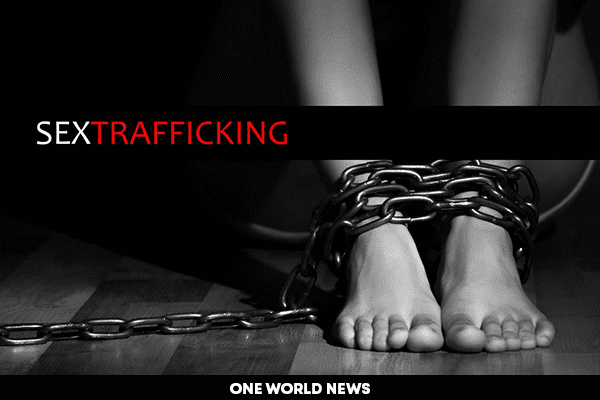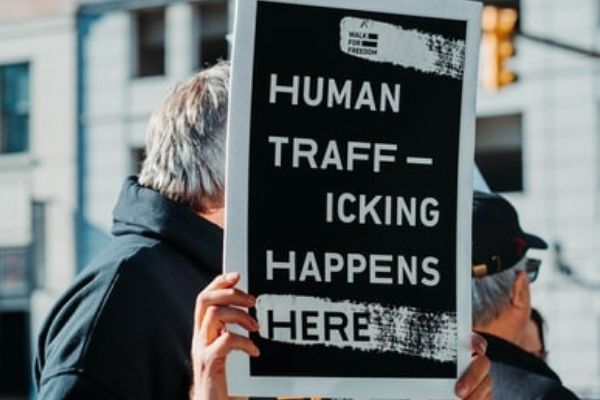
Why and how Anti trafficking bill will beneficial : Are there any loopholes!
Highlights
- What is Anti Trafficking Bill?
- Number of Human Trafficking victims in India
- Trafficking and Sex Work is different
In the year 2020, around 109,216 victims of human trafficking were identified worldwide. Although this is about ten thousand less than the previous year, there has been a significant increase in the number of victims of human trafficking in the past decade. Here is an overview and analysis of the Anti trafficking bill.
In 2020, more than 900 cases of human trafficking were reported across India with more than three thousand victims. Maharashtra state had the highest number of human trafficking cases with over 150 cases.
The Union Ministry of Women and Child Development (WCD) has invited suggestions for the draft Trafficking in Persons (Prevention, Care and Rehabilitation) Bill, 2021. The bill aims to “prevent and counter trafficking in persons, particularly women and children, to provide care, protection and rehabilitation to victims, while respecting their rights, and to create a supportive legal, economic and social environment.”
We have Adequate laws but why are these incidents still on the rise in society?
The Immoral Traffic Act, 1956
According to the immoral traffic act, 30 December 1956. It aims to stop immoral trafficking and prostitution in India and is divided into 25 sections and one schedule.
Article 23 of the Constitution explicitly prohibits and criminalizes all forms of human trafficking, forced labour, and establishes fundamental rights against exploitation of every citizen. Also, the Indian Penal Code, 1860, deals with the purchase of any minor girl (Section 366A), import of girls from a foreign country (Section 366B), buying or settling any person as a slave (Section 370) and buying and selling punishes. Minor for prostitution (Sections 372 and 373).
This bill will be beneficial for women and even other sections of the society.
Sex work has long been criticized and stigmatized in our society. While many members of society view sex work as immoral and degrading to women. The current draft aims to prevent and combat human trafficking, as well as provide assistance and protection to victims by broadening the geographic jurisdiction of cross-border crimes.
The term ‘victim’ has expanded to include transsexual people as well as women and adolescents. The Bill expands the list of people who can be arrested under the law, including government servants, defense officials and anyone in the place of responsibility.
The bill specifically describes human trafficking as a global crime that has a worldwide impact, attempting to differentiate trafficking from sex labor, while seeking rehabilitation and reimbursement of the victim outside of judicial processes. Rights are protected. It divides the offence into two categories, smuggling, and aggravated type,” with the first carrying a maximum sentence of ten years in prison and a fee of Rs 1 lakh, and the latter with a death sentence and carrying fees of up to Rs 30 lakh .

Lack of overlapping laws and rescue protocols
The new law does not clarify the applicability of already existing laws on forced labor and sexual exploitation, leading to confusion and overlapping – it is a reason to repeal the old laws and have a comprehensive code. The bill also does not provide for rescue protocol except for the words “reason to believe” by a police officer, which is ambiguous and confers power and discretion on the policeman. This obscures the role of the AHTU in the rescue and post-rescue operations.
Criminalization of sex work and consent made irrelevant
- Sex workers, NGOs and community-based organizations feel that the anti traffcking bill still treats prostitution in cultural and ethical terms, making the profession a crime.
2) Trafficking and sex work are two different things and criminalizing prostitution is unconstitutional.
3) The Bill includes prostitution and pornography in the definition of exploitation, making the issue of consent irrelevant. The Bill still retains the colonial and patriarchal hue of women not being competent enough to consent to their bodies and occupations.
How to introduce Sex Toys in Your Relationship? The key is to talk!
Overburdened NIA and paucity of time for public consultation
With an aim to curb cross-border smuggling, the Bill has empowered the already burdened NIA to deal with such crimes. The Bill is silent on the role of the NIA vis-a-vis police jurisdiction in matters of rescue operations.
Why the need of Systemic change and the need for sensitisation is necessary?
Effective functioning of the criminal justice system is critical to curbing trafficking. It is important to fill vacancies, appoint special units and prosecutors to increase the conviction rate. The representation of women in the police force is a dismal 10%, which calls for their increased recruitment. Most importantly, there is a need to sensitive the police force in cases of smuggling. Therefore, the Bill should address the concerns of the marginalized and vulnerable.








